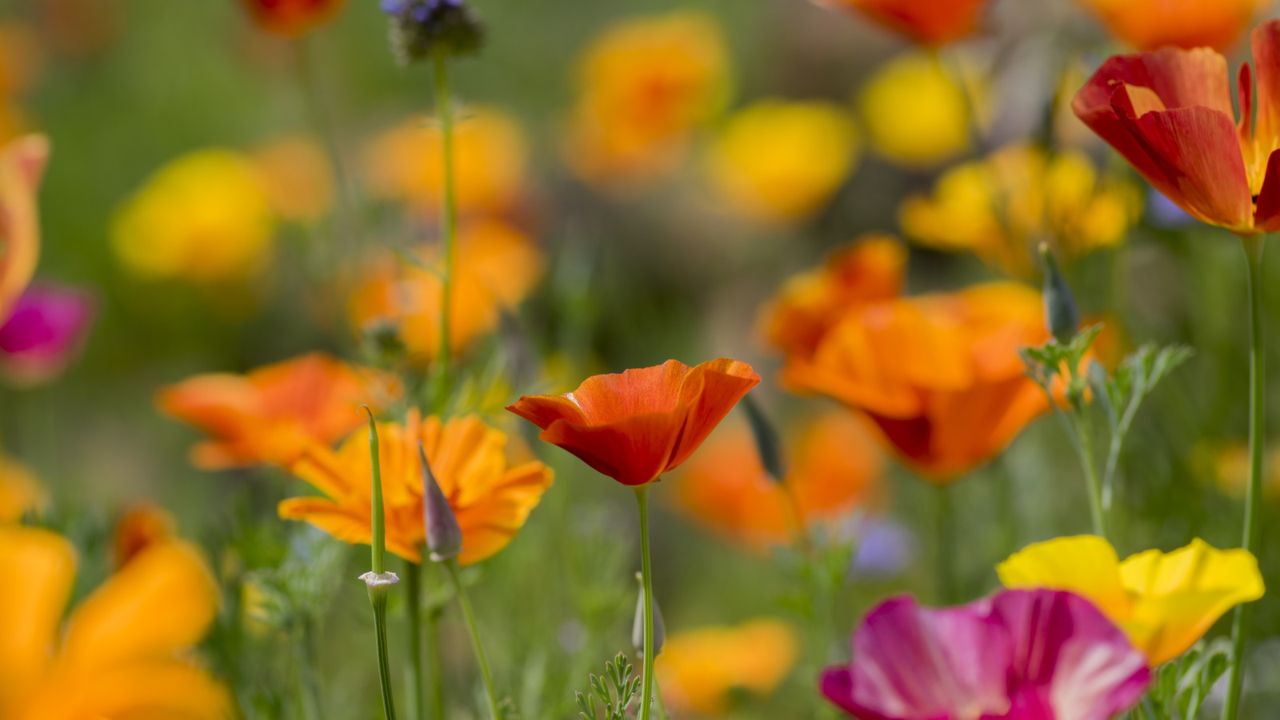
If you dream of a garden that feels beautifully effortless, one that surprises you with blooms each year without you lifting a finger, you need to start planting more self-seeding flowers. And August is a great month to start.
Many self-seeding annuals and biennials can be planted or sown now, settling into the soil as fall approaches, then rewarding you with a flourish of flowers the following spring and summer. As a busy gardening editor, I often wish I could dedicate more time to my cut flower patches, so self seeding flowers are a non-negotiable for me.
Scatter them once, and they’ll do the rest; softening borders and pathways, filling gaps, and creating that painterly, romantic look we gardeners long for. Based on my years of growing experience, here are 7 of the best self-seeding flowers to plant in August and tips on how to get them to thrive.
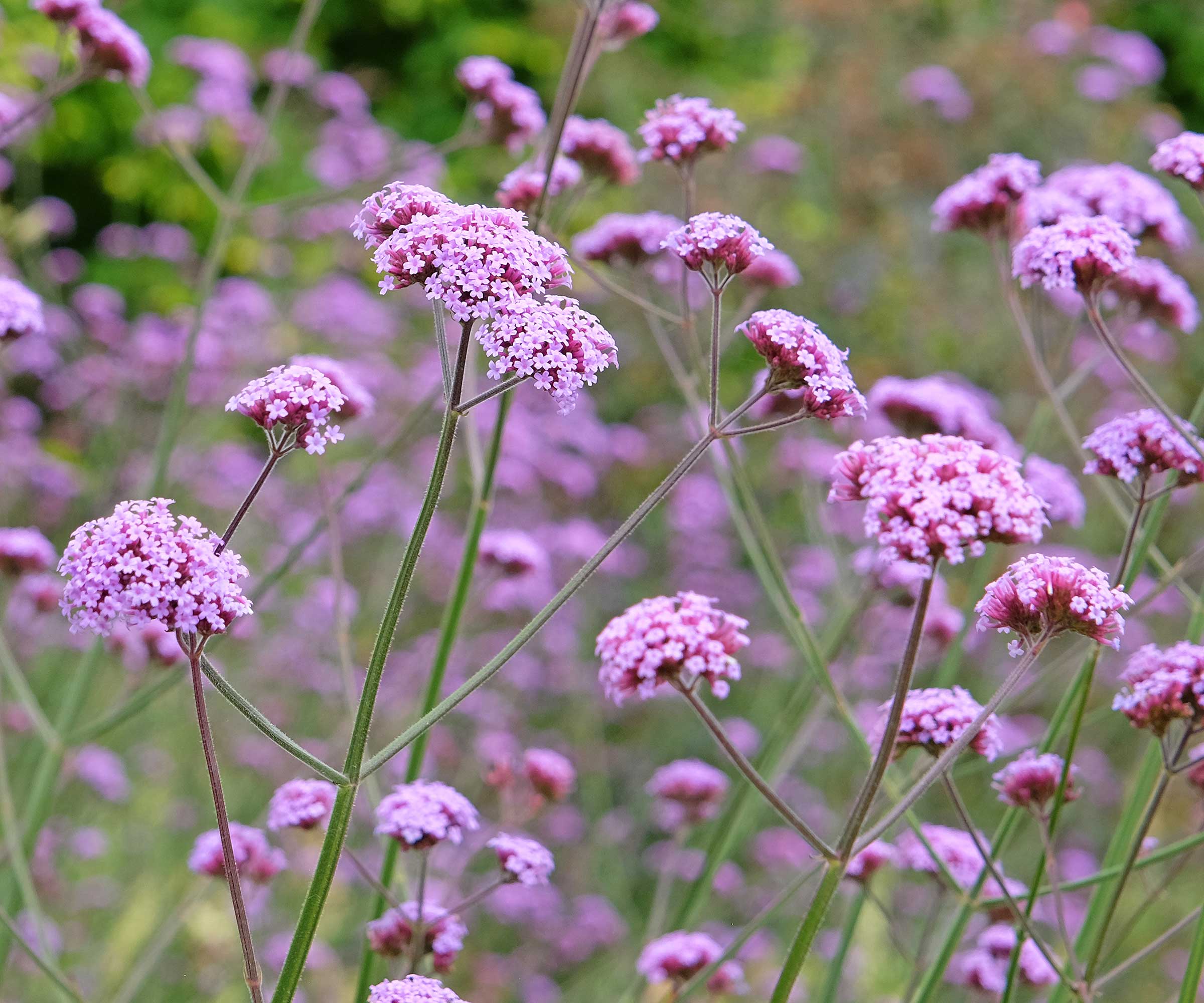
7 of the best self-seeding flowers to plant in August
If you want these flowers to self-seed this year, you will need to purchase established plants from the garden center or online to add to your beds and borders.
You could even look for ones on sale, that are almost past their prime, as they will set seed faster, and are a clever way to save money on live plants.
If you're happy to wait until they bloom next spring, August is a great time to get flower seeds in the soil, meaning you'll get an early flush of flowers next year – and possibly even a second crop if they seed quickly.
1. Nigella damascena (Love-in-a-Mist)

A cottage garden favourite, Nigella, commonly known as love-in-a-mist, has sky-blue, pink or pure white flowers, framed by delicate, feathery foliage.
It is one of the easiest annuals you can grow, and once flowered will transform into a stunning ornamental seed pod that rattles in the wind.
I love to leave these in the cut-flower beds as they look so striking, especially the ones with rich, burgundy stripes, and of course eventually the seeds fall to the ground and a whole new, usually larger, crop grows the following year without me having to do anything.
You can also cut the stems to scatter seeds anywhere you have a gap or even in a vacant pot. Seeds will quietly germinate, lending a whimsical touch to wherever they pop up.
Hardiness zones: 2-11
You can find heirloom Nigella seeds at Amazon.
2. Lunaria annua (Honesty)
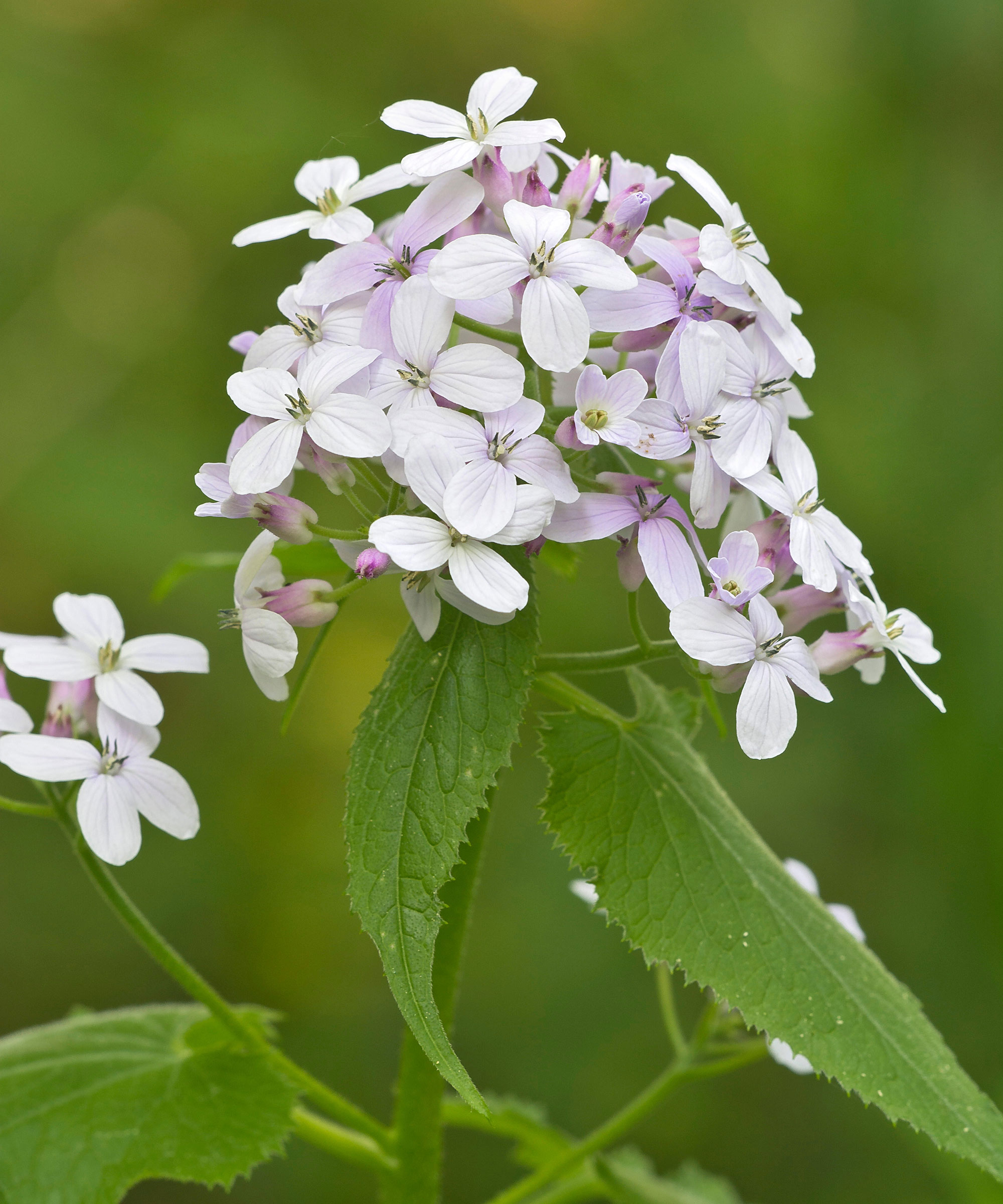
Lunaria, or honesty as it is commonly known, adds ethereal beauty to borders and dried arrangements when its much-loved papery seed pods form.
Although the purple flowers of early summer are pretty, it's one of those varieties that I actually prefer once it has gone to seed. It's definitely one of the best flowers to grow for drying.
You can simply leave stems in the ground after it has gone to seed, as they provide so much interest over fall and winter. I leave some of mine to drop naturally, but harvest the rest and spend some time mindfully removing seeds from the delicate paper surrounding them, which I then scatter onto the soil.
Hardiness zones 4-8
You can find lunaria seeds at True Leaf Market.
3. Centaurea cyanus (Batchelor's Button or Cornflower)
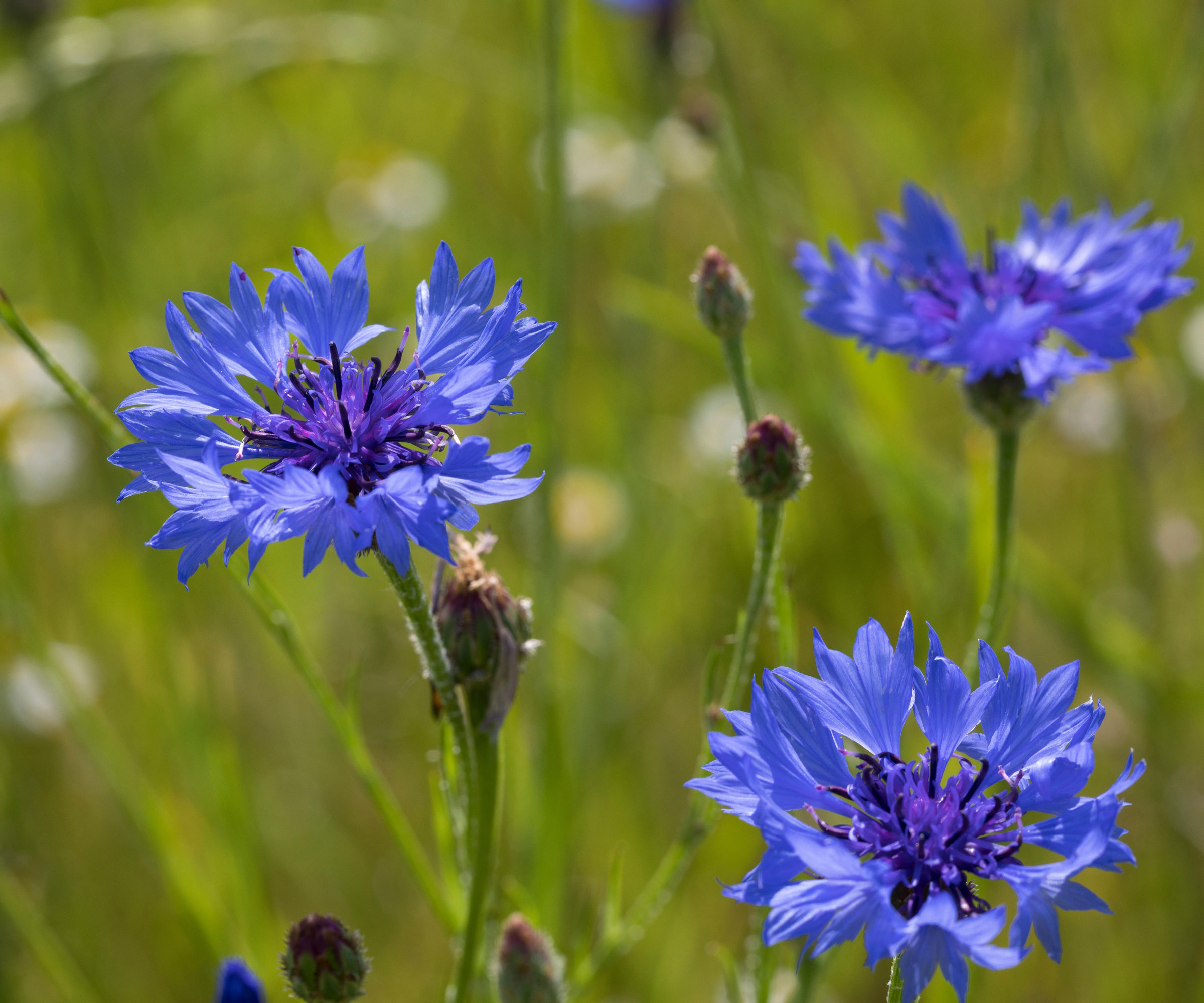
These classic, true-blue wildflowers are perfect for naturalistic meadowscaping and pollinator-friendly gardens. Cornflower will grow in poor soil, and love to be left alone – perfect for time-poor gardeners like myself.
Adding a bright blue pop that's rare in the garden, batchelor's buttons also work for mini meadows in containers, and can help to add a spot of deliberate elegance to a wild area of your yard, which might otherwise look somewhat neglected.
Hardiness zones: 2-11
4. Verbena bonariensis
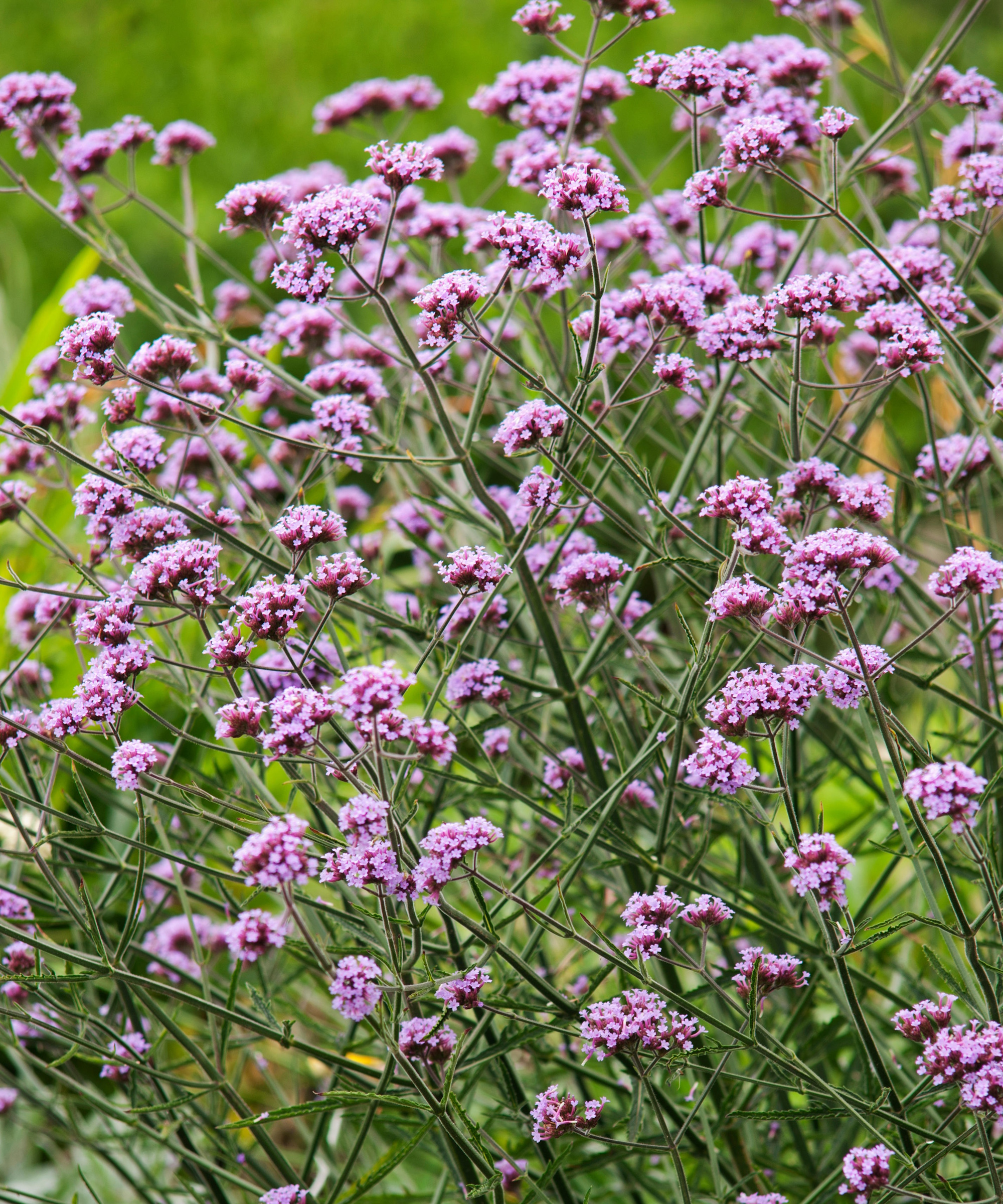
This plant is an absolute staple in my yard, and when I discovered it was a self seeding flower I was beyond delighted.
Verbena bonariensis 'Lollipop' is a dwarf verbena variety, which will produce an abundance of purple pom-pom flowers atop slender stems. In the past, I've experienced new plants that have self seeded to be taller than the parent plant, but I certainly haven't minded.
Deadheading verbena is a really effective way to prolong its flowering season, however, by doing this you'll remove its chance to self seed. My advice is to find a balance, and leave some of those heads to go to seed and fill up your beds.
Hardiness zones: 7-11
5. Eschscholzia californica (California Poppy)
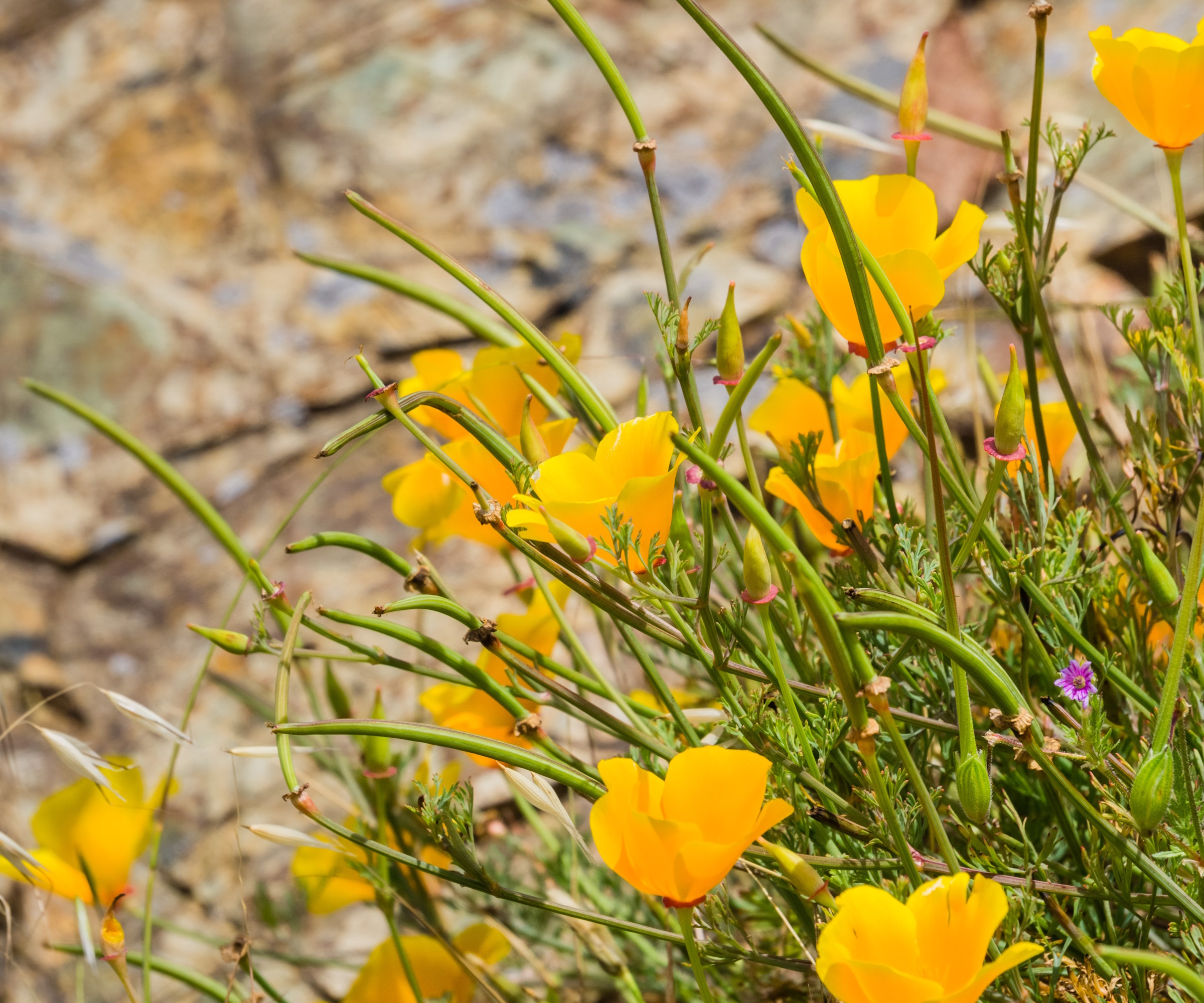
The state flower of California brings a splash of gold to poor, sandy soils. Growing California poppies could not be easier, and they are one of the fastest growing flowers you can add to your yard.
Scatter seed in August and it will naturalize and multiply happily, brightening borders with cups of orange and lemon blooms that bees adore.
If you want to give them a helping hand, you can harvest California poppy seeds to scatter around areas of your garden that might be in need of a color pop.
Hardiness zones: 6-10
You can find California poppy seeds at True Leaf Market.
6. Aquilegia vulgaris (Columbine)
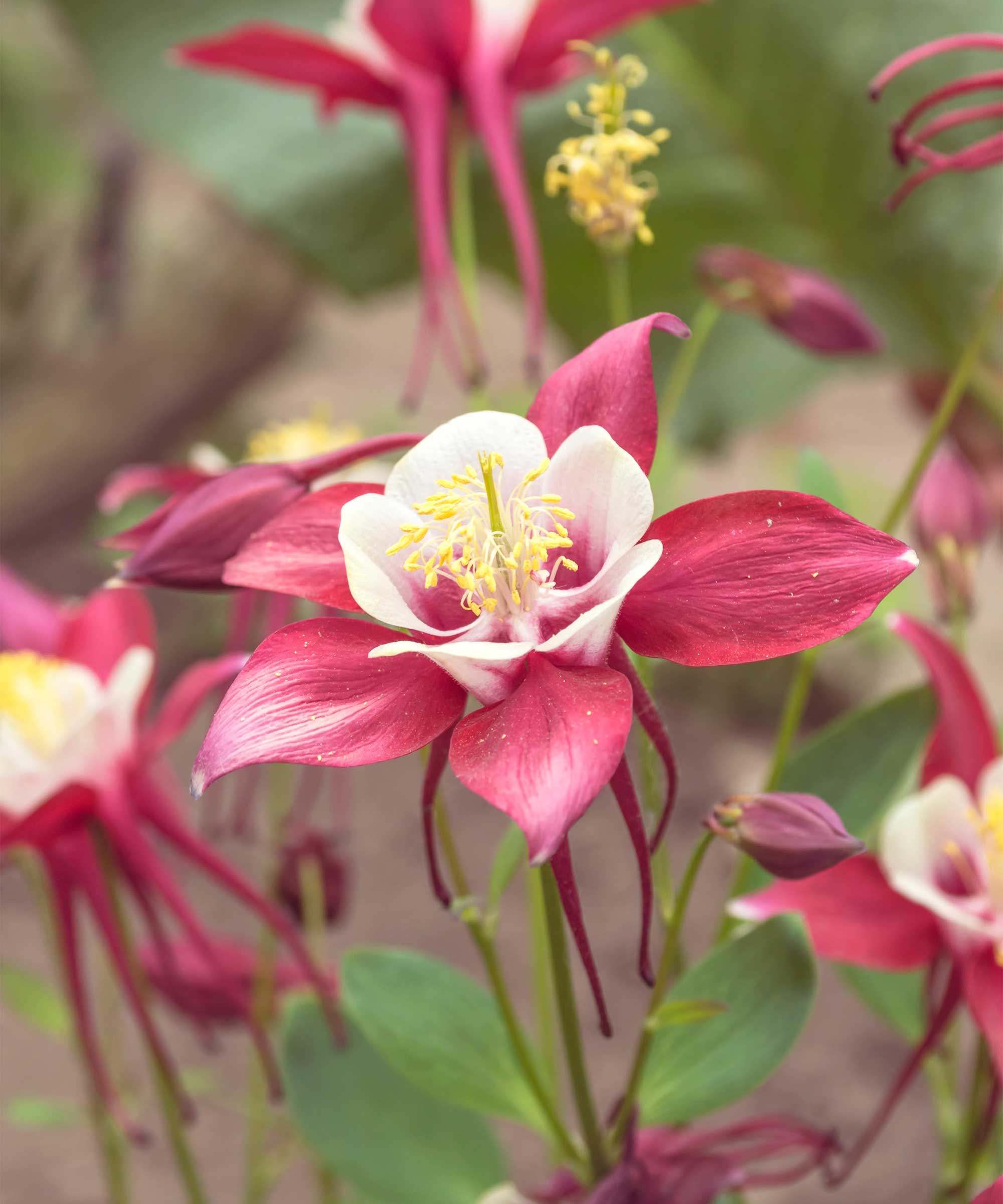
If you know anyone who grows columbine (or Granny's bonnet as I like to fondly refer to it), right now is the time to ask them for a few seed pods from their yard to scatter into your soil.
I grow a lot of aquilegia blooms, which flower from spring until early summer. They are among my favorite whimsical plants, and I always leave the dried seed pods to do their thing and self seed all around the garden. (Any seeds left in the pods become a useful source of food for birds when the weather turns colder, too.)
It enjoys dappled shade, and has taken a shine to popping up all over the rockery in my yard. These graceful flowers will also gradually cross-pollinate, producing enchanting surprises in color and form every spring.
Hardiness zones 3-9
7. Daucus carota ‘Dara’ (Ornamental Carrot)
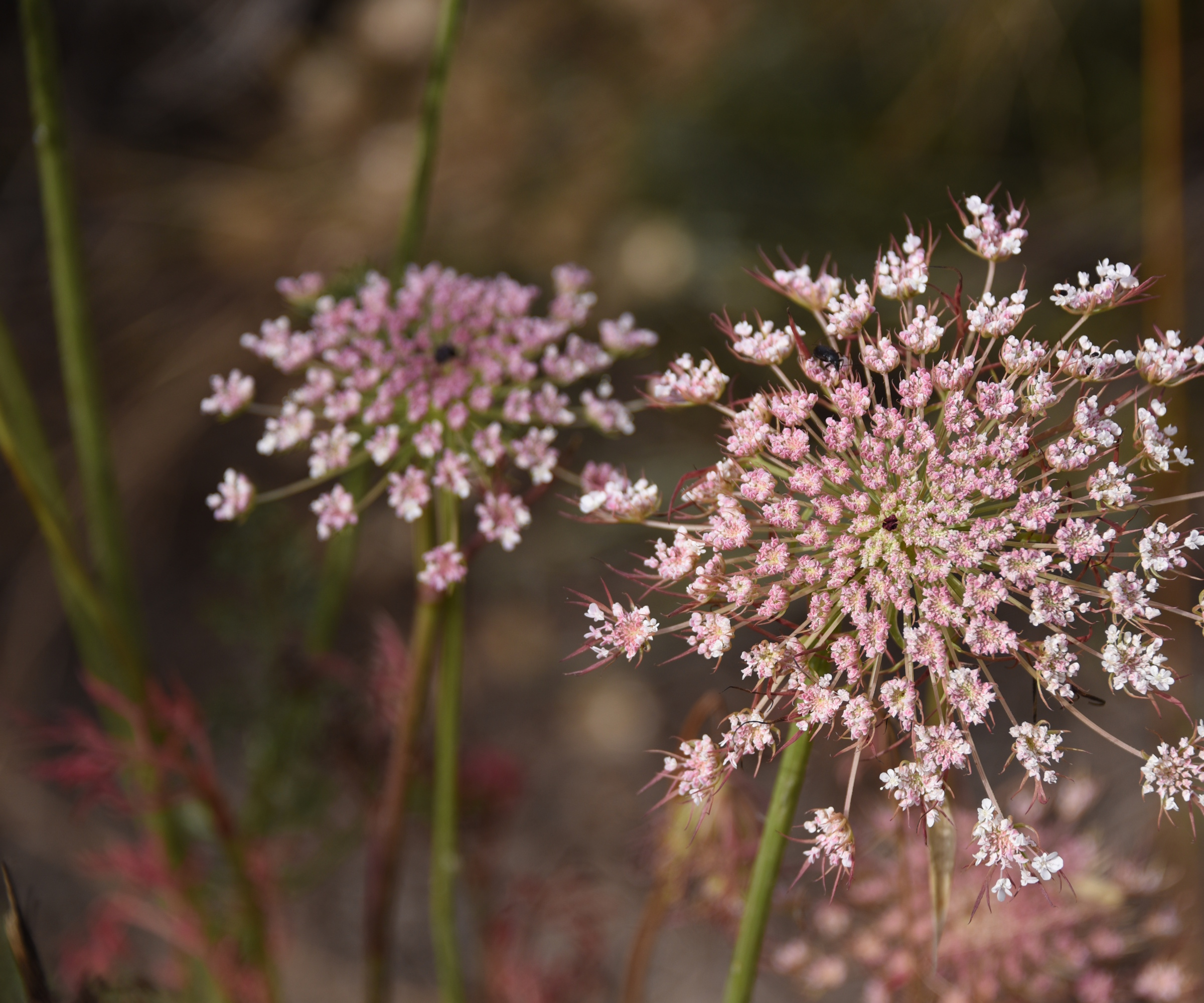
Daucus carota, often known as ornamental carrot, are wonderful umbellifer flowers that can give a relaxed elegance in a flower bed.
Soft, lacy foliage combines with dusky pink to burgundy blooms, giving it a more modern look when compared to classic Queen Anne's lace. It has become a staple among modern cutting gardens, with its romantic heads that transform into a goblet-like shape when setting seed.
Again, I love to leave them in situ to drop their seed, as they provide such incredible interest when color starts to fade from the garden.
You can find Daucus carota 'dara' seeds on Amazon.
Hardiness zones 2-11
There are a few self-seeding flowers I've deliberately omitted from this list, owing to their slightly more vigorous habits of spreading into places you might not want them to. Alchemilla mollis (Lady's mantle), as much as I love it, being one of them.
However, there are also many more I do grow, including foxgloves, hollyhocks and oriental poppies, which I find self seed readily as soon as they find a patch of garden they love. Doing all the hard work for me, and I love them for it.
A popular heirloom variety of verbena that boasts sturdy stems 3-4 tall topped with tiny violet-blue clusters.







